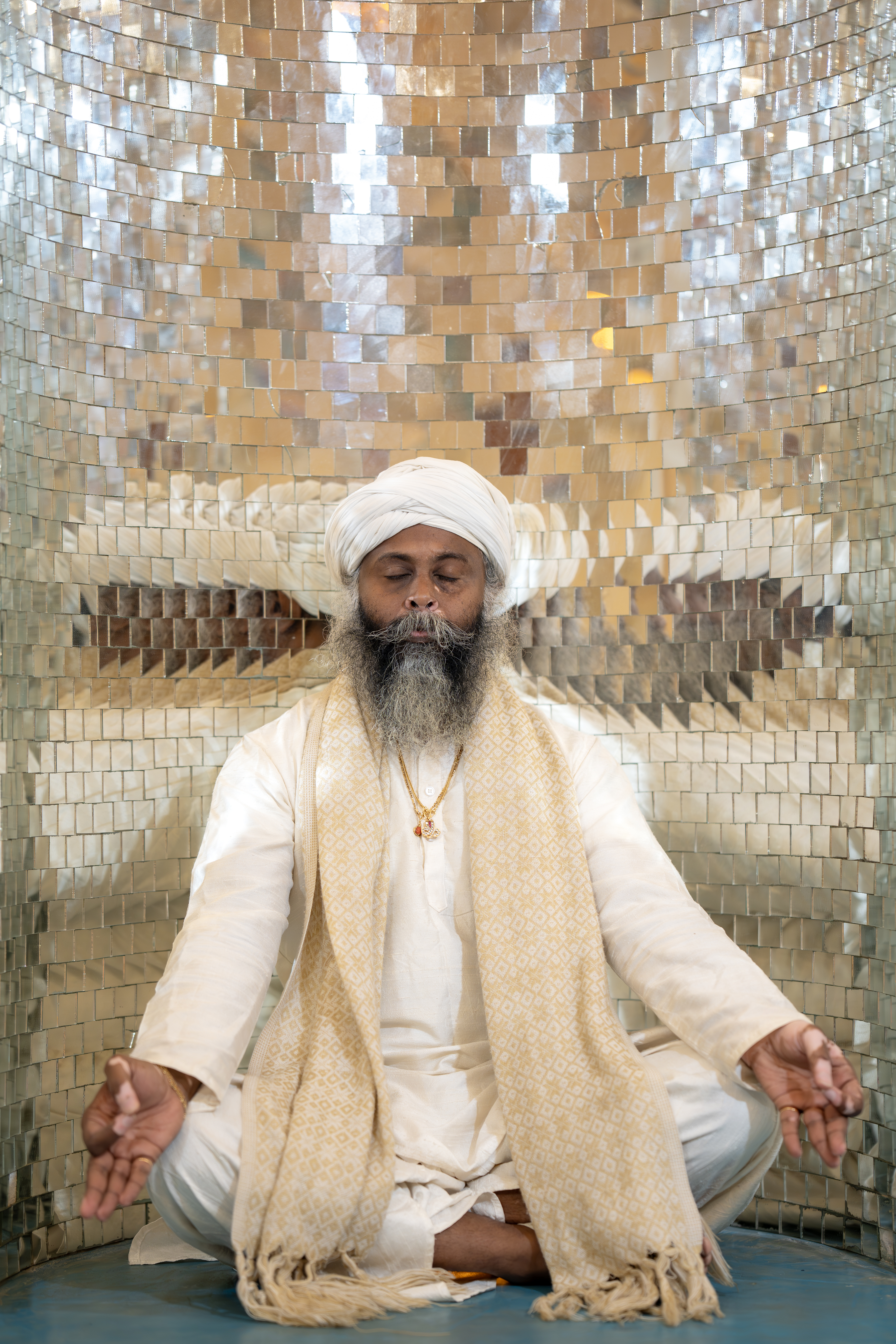For centuries, the ability of salamanders to regrow lost limbs has mystified scientists and dreamers alike. Chief among these magical creatures is the Mexican axolotl, a permanently aquatic salamander that can regenerate not just its limbs, but its spinal cord, heart tissue, and even parts of its brain. While humans struggle to heal from even moderate injuries without permanent scarring, the axolotl simply regrows what’s missing—like rewinding evolution itself.
Now, a stunning scientific breakthrough may have unlocked the secret behind this superpower—and it’s closer to us than we think.
Meet the Gene Behind the Miracle: Hand2
In a pioneering study led by the Institute of Molecular Biotechnology in Austria, researchers identified a single gene called Hand2 as a master regulator of regeneration. Using advanced imaging and gene-expression mapping, they observed that Hand2 doesn't just trigger new cell growth—it tells cells where and what to grow. Like a sophisticated 3D blueprint, it provides positional identity, guiding the body to rebuild complex structures in perfect order.
Even more incredible? Humans have the Hand2 gene too.
It’s highly active during embryonic development, helping shape our limbs, heart, and organs. But as we age, Hand2 falls silent—locked away in the vault of our genetic code. The discovery raises a thrilling possibility: if scientists can learn how to reactivate or mimic Hand2 in adults, we may one day repair organs, regrow tissue, or even regenerate entire limbs.
From Science Fiction to Regenerative Science
Until recently, the idea of humans regrowing limbs sounded like comic-book fantasy. But regenerative biology is now catching up to imagination. Inspired by the axolotl, scientists are already testing Hand2’s influence in mice models and human cell cultures. The long-term goal? To override the scarring process that limits healing in humans, and instead awaken the body’s dormant blueprint for regeneration.
Imagine a world where:
- A soldier with a lost limb can regrow it.
- Heart tissue damaged by a heart attack can be restored.
- Burn victims can heal without scars.
- Spinal cord injuries no longer mean paralysis.
This isn’t just healing—it’s reconstruction from within, using the body's own wisdom.
Why the Axolotl Matters
The axolotl is more than just a fascinating creature—it’s an evolutionary glimpse into what’s possible. Its regenerative ability isn’t a fluke; it’s built into its DNA. And now, thanks to the Hand2 discovery, we know that we share some of that DNA.
Rather than needing external machines or implants, the future of medicine may lie in decoding what nature has already perfected.
What’s Next for Human Regeneration?
Researchers are cautious but optimistic. The human body is vastly more complex than that of a salamander, and reactivating embryonic genes comes with risks. But Hand2 represents a biological switch, and unlocking its potential could change how we approach everything from surgery and recovery to chronic illness and aging.
The hope is not just to prolong life—but to restore quality of life.
Final Thoughts: A Return to Wholeness
The discovery of Hand2 and its role in axolotl regeneration is more than a scientific milestone. It’s a reminder of what’s possible when we turn to nature as our teacher. Somewhere deep inside us, the blueprint for wholeness still exists. We’ve just forgotten how to read it.
Now, we’re beginning to remember.
If you're fascinated by the future of healing, bio-evolution, or regenerative medicine, stay tuned. The axolotl may just be guiding us into a new era—one limb at a time.


0 Comments